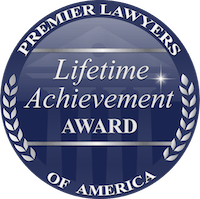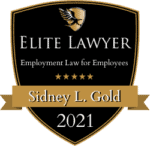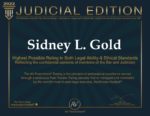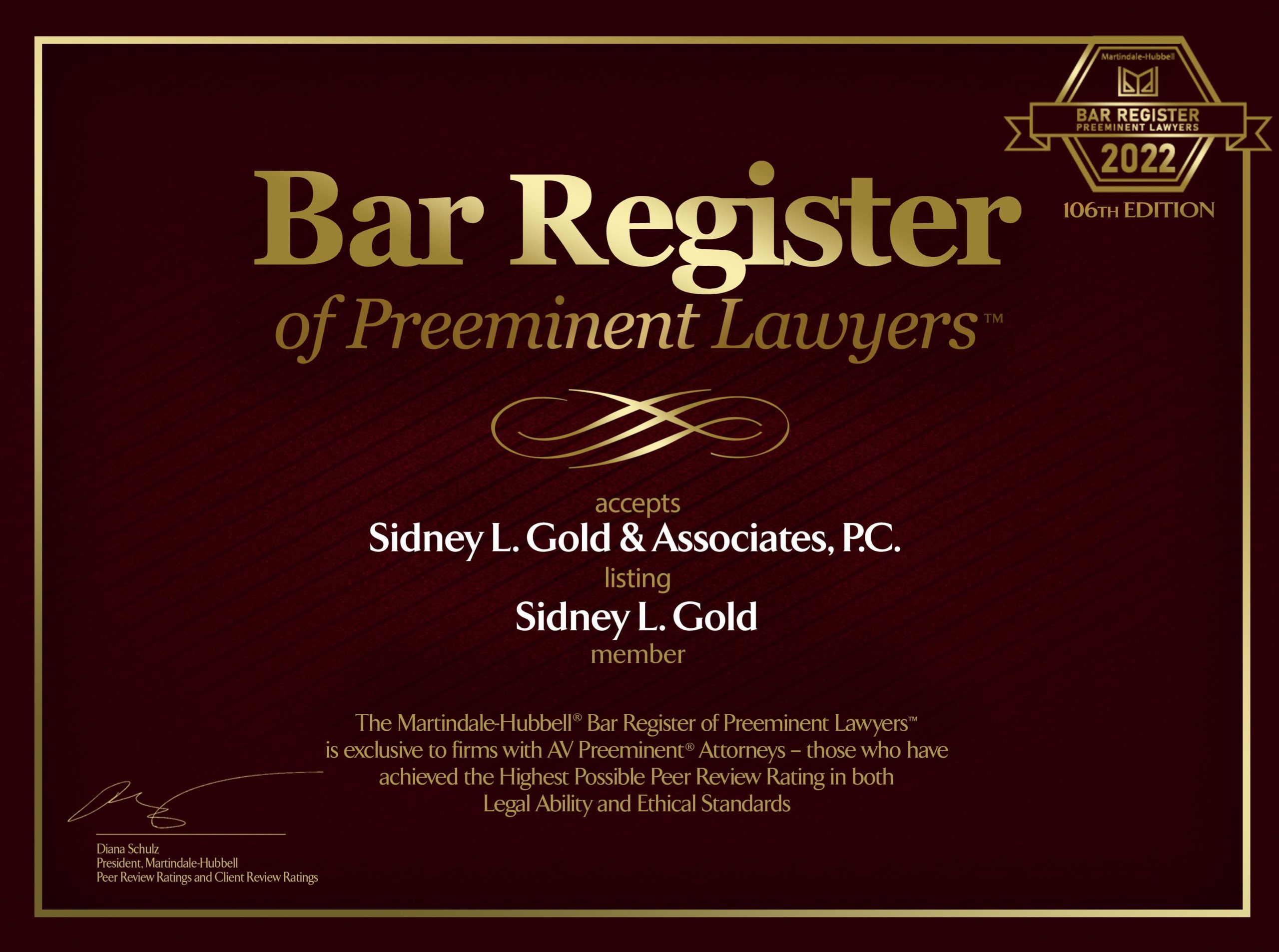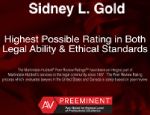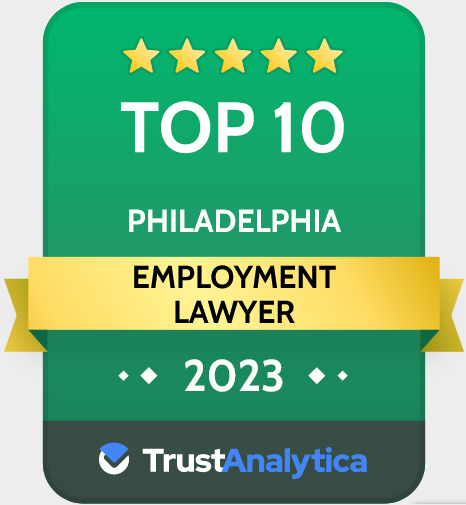Age discrimination in workplaces, or ageism, is getting more and more attention these days as advocacy organizations such as AARP bring the issue into the public eye. They have issued several reports on the topic and have posted that age discrimination remains a significant and costly problem for workers, their families, and our economy. A more recent story posted on PR Newswire called ageism the most socially acceptable form of workplace discrimination, adding that problem is only getting worse.
Approximately 35 percent of the population in the United States is over age 50, and last year AARP reported that 78 percent of older workers experienced or witnessed age discrimination. The Coronavirus (COVID-19) pandemic seems to have made things worse for this population, with higher unemployment levels and more challenges when trying to get rehired. Although health concerns may have impacted the trend, there are no signs of improvement.
Age Discrimination During the Hiring Process
Potential job candidates can experience age discrimination at the beginning of the application process when they are required to enter their high school and/or college graduation years. Many employment ads mention that the company is seeking recent college graduates or that the company is young and growing to discourage older applicants. Many older adults also have to remove much of their work histories to keep them in the running for a job, owing to ageism fears.
WerkLabs conducted a survey of more than 700 professionals who were all over age 40. Out of these, 95 percent claimed they had attempted to conceal their ages or wear masks during interviews. According to the research, ageism is the most severe in industries such as financial services, technology, marketing, and advertising. Many of the surveyed professionals also faced ageism throughout their interview processes. Examples of that included having younger interviewers being surprised to learn how old the professionals were after meeting them in person, having significant work experience being devalued, and being asked technical questions that were unrelated to the job descriptions.
What Does Age Discrimination at Work Look Like?
Companies can try to force older workers out by reducing their workloads and assigning more complex projects to younger colleagues. It is also not unusual for an older employee to get passed over for a promotion that then goes to someone who is younger but less qualified. Both situations can be demoralizing and frustrating for more mature workers, and it makes them feel less valuable and capable in general.
Younger management can also start isolating older workers by moving their workstations away from the main areas or asking them to work from home even though it is not necessary. Not including these employees in meetings, leaving them out of important decisions, or requiring them to relocate to different offices can also be examples of ageism.
Age discrimination does not come only from managers, either. Other staff members who make age-related remarks can also be crossing the line into harassment. Time magazine calls this kind of treatment micro-aggressions. The behavioral, environmental, and verbal actions can be so commonplace and brief that they become part of the daily work routine. They may not even be intentional but can still be seen as discrimination.
What if My Job was Threatened?
Older workers can also be subject to more severe criticisms and disciplines than younger co-workers have had, even though the younger ones made the same mistakes. This can cause managers to write up poor performance reviews and performance improvement plans, paving the way for a legal termination. This could also lead to layoffs. Although companies do have to let workers go occasionally, only laying off older ones can be seen as ageism.
Other mature workers find that their positions have suddenly been eliminated. The company changes the job title, lays off the older worker, and then hires a younger one to fill the position. Being persuaded or forced to retire is another way to push out older employees. Sometimes retirement packages are offered, but these are not always acceptable. For one thing, the employee may want to keep working with the company; for another, the compensation may be inadequate. Enforcing a mandatory retirement age is illegal, except for certain professions such as firefighting and law enforcement.
Does the Age Discrimination in Employment Act Protect Me?
When Title VII of the Civil Rights Act of 1964 was passed, it became illegal for employers to discriminate against employees based on race, color, sex, religion, and national origin. The Age Discrimination in Employment Act (ADEA) of 1967 had the goal of promoting employment of older people, based on their abilities instead of their age. It was also designed to prohibit age discrimination and applies to workers ages 40 and up.
Unfortunately, the ADEA has been on the backburner since its inception because of the way it was written and is enforced. It focuses on two types of ageism: intentional, disparate treatment; and unintentional, disparate impact. Unintentional ageism includes company policies that indirectly and adversely impact older employees. Therefore, if a company decided to eliminate all their safety consultants who were all coincidentally over age 50, that might quality as a disparate impact. A company could defend the decision if they claimed that they needed to cut back on spending.
The lack of damages awarded in these cases is also considerably lower than in other types of discrimination cases. This holds true even if the age discrimination was intentional; there is nothing awarded for pain and suffering. When ageism suits against employers are won, the highest amount that a plaintiff can receive is two times their lost back and any lawyer fees. However, if it is a class action suit, things might be different.
More Problems with the ADEA
A few landmark cases made the ADEA even weaker in the coming years. In 1993, the Supreme Court ruled that a large paper company did not discriminate against a 62-year-old employee. They had fired him only a few months before he would have been vested in the company’s pension plan. The employer argued that the decision was based on saving money, not the man’s age. He lost the case.
A 2009 Supreme Court ruling further eroded the ADEA’s power. A 54-year-old worker was reassigned from a director position and was replaced by a woman in her early 40s. When the case ended up in the Supreme Court, they ruled that the plaintiff needed to prove that age was the determining factor in the company’s decision. Therefore, even if he showed that the company intentionally discriminated because of age, this was not the most important factor in their decision. This case put the burden of proof solely on the plaintiff, rather than placing it on the employer, to prove that they did not discriminate.
What can I Do if My Employer Discriminated Against Me Because of My Age?
The ADEA does offer some protections for employees who work for federal state and local governments, labor organizations with a minimum of 25 members, employment agencies, and companies that have at least 20 employees. It prohibits worker discrimination in all aspects of employment: This includes hiring, pay, promotions, job assignments, layoffs, benefits, training, firing, and other terms and conditions of employment.
It is important to take action as soon as possible after experiencing workplace age discrimination. There are time limits that apply, and these depend on exactly what happened and the type of company. Employees can file claims with the U.S. Equal Employment Opportunity Commission (EEOC) and have 180 days after the incident to file claims. Some state laws extend this time limit, but again, it is always best to act quickly. It is also important to gather as much evidence as possible, including company-wide communications, supervisor emails, and anything else that could help build a case.
Philadelphia Age Discrimination Lawyers at The Gold Law Firm P.C. Help Older Employees Get the Respect and Compensation They Deserve
Ageism is running rampant in the United States, but this does not mean that you have to put up with it. Contact the skilled, compassionate Philadelphia age discrimination lawyers at The Gold Law Firm P.C. We will listen to your concerns and explain your options to you. Call us today at 215-569-1999 or contact us online for a free consultation. Located in Philadelphia, Pennsylvania, and Pennsauken, New Jersey, we serve clients in Wilkes-Barre, Scranton, northeast Philadelphia, Bucks County, Chester County, Delaware County, Montgomery County, and Cherry Hill, South Jersey.














